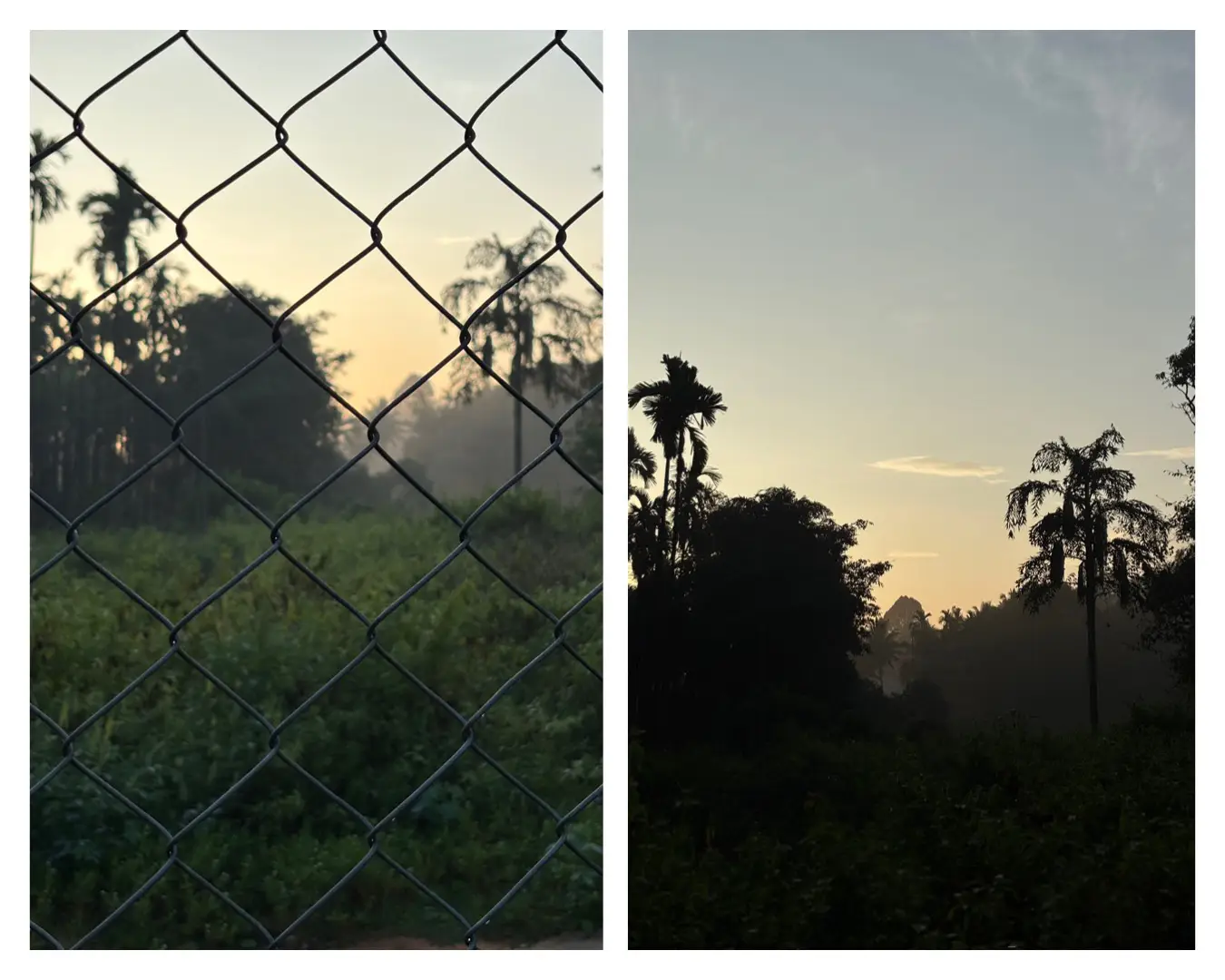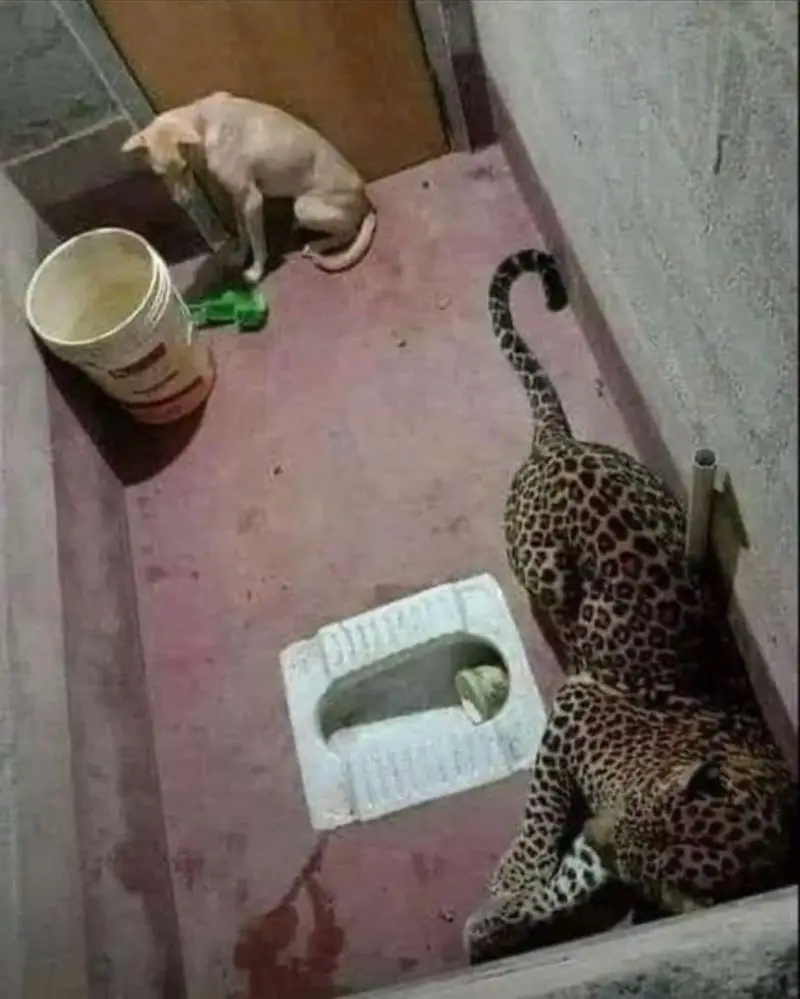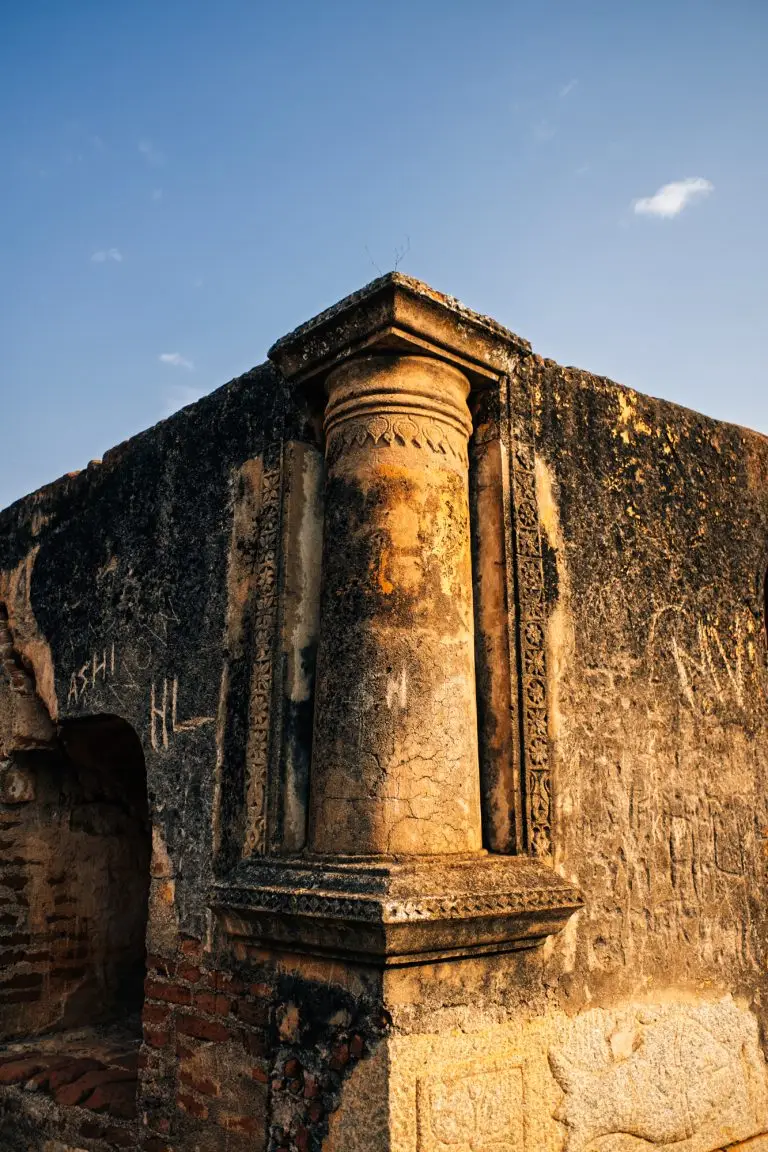
A few weeks back, I was at Temple Town in Western Ghats along with my family, and I happened to get up early thanks to the frantic calls of the peacocks in front of the cottage where we were staying. I went out and sat in the veranda and was enjoying the calls of not just the peacocks but what looked like an orchestra involving drongo, sunbirds, woodpeckers, orioles, robins and, to an extent, even a flock of grey hornbills. While I sipped my morning cup of coffee, I could see that the sun had decided to start his day too and was just starting to peak out and shine its first rays of light on the wall behind me. What I thought as a (and was) beautiful view in front of me was obstructed by this mesh compound, which was raised by the property owner to keep the cows away from their well-maintained lawns they had. The photographer in me just kept on murmuring – What if the barricade was not there? It would have been such a mesmerising view of the sunrise clubbed with the symphony of the birds around me adding to the visual spectacle. But the early morning rustiness clubbed with the warm cup of coffee in my hand induced a sense of laziness in me. But again, the voices in my head kept telling take that extra effort leave the comfort and laziness behind and see if you can find a better view of the sunrise. At this moment all that i did was just keeping the glass away and stand up and the scene in front of me changed what i could say drastically. It was a mesmerising view the golden rays of sun hitting the areca field in front and some even managing to reach me and add the much-required smile on my face. It was between these two moments that the diptych photos above were taken.
This was then followed by going out of the property, taking a short walk in the field, and enjoying the moment even better than I was whilst I was sitting on the veranda. This also allowed me to voyeur on the peacock, which was busy impressing the peahen a few feet away without having the slightest hint that an intruder was busy snapping his photos/videos.
It was during the walk back to the cottage that I realised the barricade or railing I was seeing was merely a figment of my imagination, not something in front of me. Had I not acknowledged the voices in my mind and persuaded myself to get up and move forward, I wouldn’t have been able to enjoy what I did. This feeling mirrored what I was experiencing in both my professional and personal life; I perceived the lack of effort or desire to improve as a barrier preventing me from enjoying the work and life that lay before me. I was confining myself to a comfort zone without even realising the harm it was causing me. I felt virtually ensnared in a web of unwanted barriers, unwilling to take risks or seek the freedom I so desperately yearned for.
Fast forward to today, I came across a LinkedIn post. I admit I had seen the photo many times in the past, but this time, the text made me lean back in my chair and ask myself, isn’t it similar to what I experienced a few weeks ago? It’s not exactly an analogy of what I want to convey, but the parallels the author draws to the corporate world made me feel it’s related—though perhaps that’s just my perspective. The issue of lacking freedom, the absence of motivation to take the next step, and so on.
The exact text from the post and the image are below, and all due credits are to the respective owners.
In a small town adjacent to wild reserve in India, a leopard chased a dog eventually, cornering it into a locked public toilet.
The leopard followed the dog inside, and both were trapped. Surprisingly, despite being hungry, the leopard did not attack the dog. Instead, both animals sat silently in opposite corners for almost half a day until the leopard was tranquilized through the window and captured.
Wildlife researchers explained that wild animals are deeply sensitive to their freedom. When they sense captivity, their natural instincts, even hunger, fade.
The loss of freedom leads to a loss of motivation.
This story mirrors the corporate world.
Employees, like wild animals, thrive in an environment of freedom. The freedom to think, create, and innovate fuels motivation, productivity, and happiness. When employees feel trapped—whether by rigid processes, micromanagement, or lack of trust—they lose their drive and creativity. Even the most talented individuals may retreat into silence, like the dog in the story.
Companies must nurture an environment that values freedom, encourages expression, and supports risk-taking. Freedom fosters innovation, while restrictions breed stagnation.
Ask yourself—are your employees motivated or just cornered? The answer could determine whether your company thrives or just survives.


